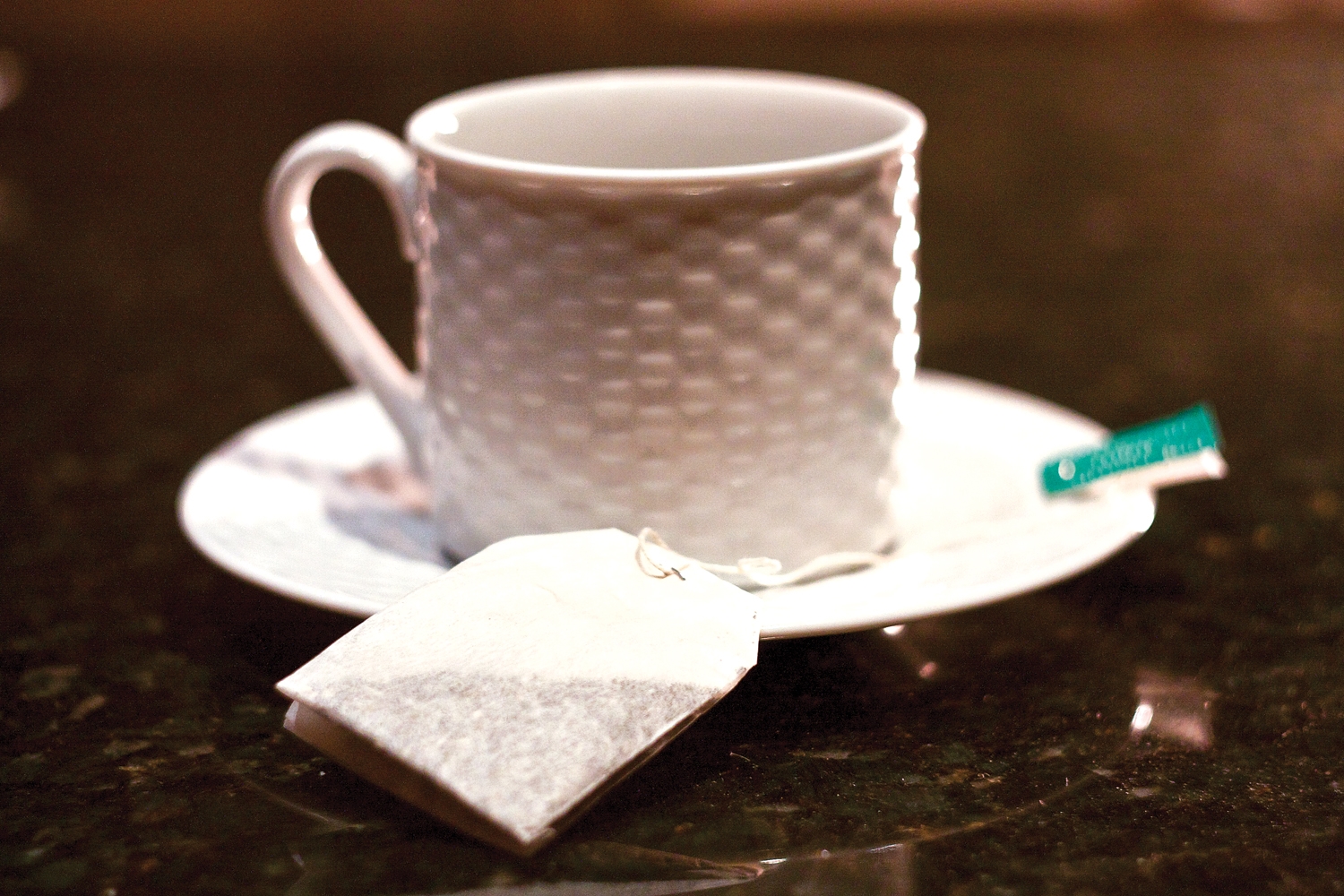A handy guide to the world of tea
Charlotte Pedersen
Contributor

If you’re looking for a hot drink but want to avoid the jitters of coffee, consider tea. A beverage drunk for thousands of years and regarded in the East as contributing to happiness and good health.
Tea is a great alternative to coffee not only because it provides mental alertness with less caffeine, but because of other noted benefits such as reducing the risk of heart disease, diabetes, as well as the development of certain cancers. Second only to water, tea is said to be the healthiest drink as per studies found in a 2006 issue of the Journal of American Clinical Nutrition.
Most varieties of tea come from the camellia sinensis plant found mainly in China and India. The shrub contains secondary metabolites called flavonoid, some of which act as powerful antioxidants. Epigallocatechin gallate (EGCG) is the strongest of these antioxidants, which may deter cancer and heart disease.
The types of tea—green or white, for instance—come from how the leaves are processed, which makes the difference in their health benefits. If you’re new to the world of steeped beverages, it can be overwhelming to differentiate the types of brews and their benefits.
Green tea
The leaves in green tea are steamed and contain a high concentration of EGCG. Aside from fighting cancer-causing cell growth, the list of health benefits of this particular tea include reducing the risk of Parkinson’s and Alzheimer’s disease, preventing clogged arteries, speeding up metabolism, and reducing stress and the possibility of stroke.
If you want to benefit from all that green tea has to offer but are turned off by its taste, let the boiled water sit for five minutes before steeping your tea. Green tea needs to be brewed at a lower temperature than other teas or it will burn the leaves and cause a bitter taste.
White tea
The least processed of all the teas, these leaves are lightly steamed then dried. Due to minimal treating, white tea contains more nutrients than its green or black counterparts and is thus suggested to be the most potent when it comes to its cancer-fighting benefits.
Black tea
The leaves are fermented, which means a more potent flavour and a high source of antioxidants.
The longer fermentation process yields the highest concentration of caffeine to give your brain a gentle reminder to stay alert during those three-hour lectures.
Black tea also promotes a healthy heart and, as with most teas, is a cancer inhibitor. Along with its health benefits, many appreciate the bold taste of black teas such as chai, English breakfast, and Earl Grey.
Oolong tea
These leaves are semi-fermented, then dried and rubbed repeatedly to produce good flavour and aroma. Studies have shown that the antioxidants lower bad cholesterol, and while it is marketed as a weight loss product, there has yet to be conclusive evidence proving this.
Herbal teas
Some purists don’t consider these brews real tea as they aren’t derived from the camellia sinensis shrub. However, the herbs, fruits, seeds, and roots that herbal teas are made from still contain a considerable amount of antioxidants and provide health benefits.
Some examples of herbal teas include the popular chamomile tea which not only calms the body, but is also said to help remedy headaches and cramps. Other well-known herbal teas include ginger, ginseng, hibiscus, jasmine, and mint, each with their own unique flavours.
Whatever your preference of brew, you can find solace in the fact that all teas are healthy substitutes to your morning lattes. Whether you are looking for an energy boost, a way to beat some academic anxiety, or you are just health conscious, have yourself a cup of tea and rest easy knowing you are treating your body well.


